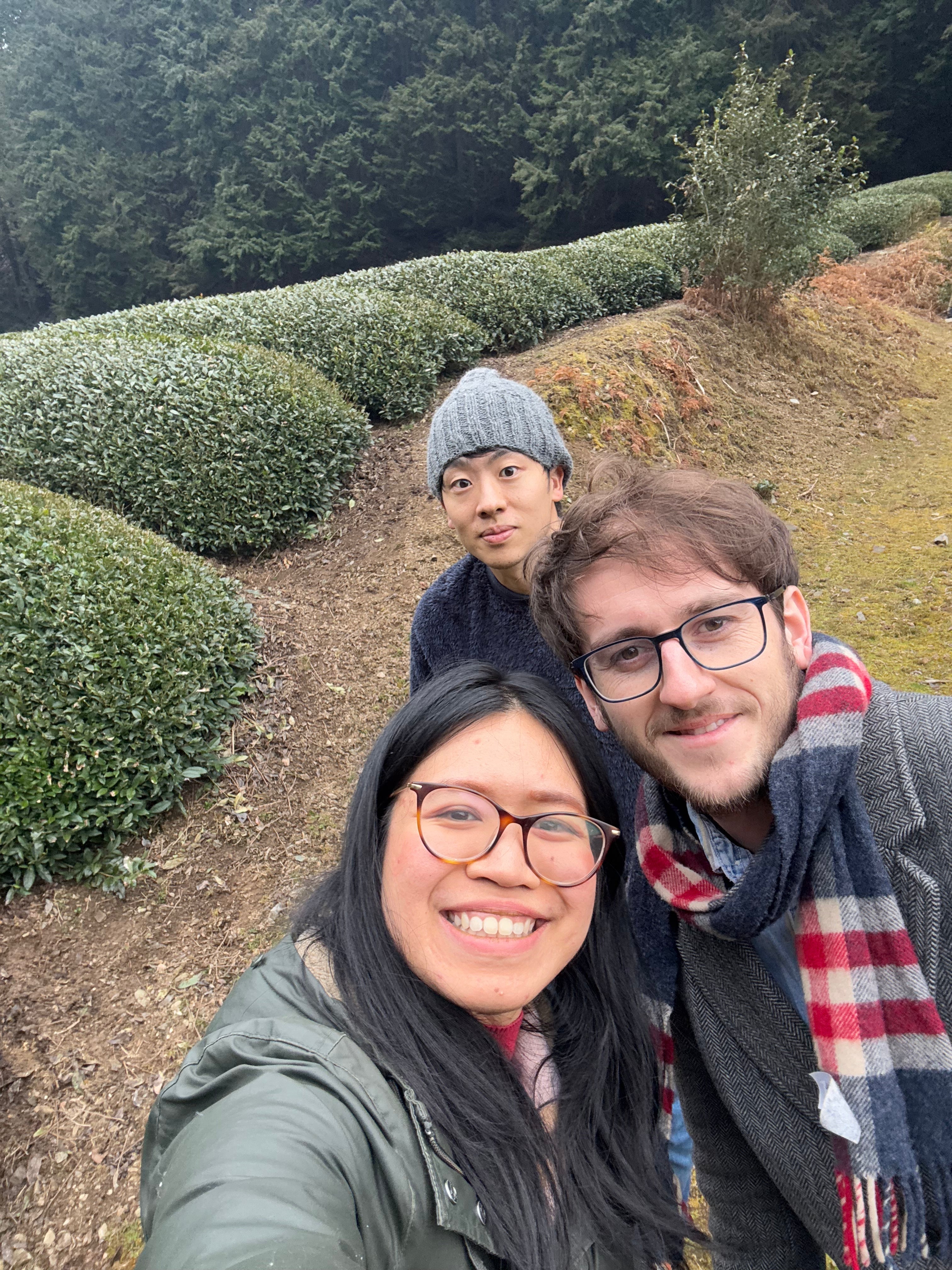How to Identify High-Quality Matcha: A Guide for Enthusiasts
The matcha trend is in full bloom as instagram reels and cool cafes are bringing the beauty of matcha to light. But not all of the newest matcha on the market is the highest quality. As matcha is a high cost product, many places turn to cheaper version to save their margins. Unfortunately, cheap matcha just doesn't compare to the premium quality.
Whether you're searching for the best matcha powder money can buy or just want to try matcha, it's important to be able to decipher good from bad matcha.
So to make sure, you know what you are buying, this is a guide into how to identify how quality matcha.
Having had the privilege of visiting tea farms in Uji, Japan, I’ve gained firsthand insight into what makes exceptional matcha stand out. Here’s what you need to look for.
1. First Harvest: The Pinnacle of Quality
The highest-quality matcha comes from the first harvest, usually in early spring. This is when the tea plants have stored the most nutrients throughout winter, resulting in leaves that are tender, sweet, and packed with amino acids. Later harvests tend to be coarser and more astringent, lacking the refined taste of first-flush matcha.
2. New Buds: The Cream of the Crop
Only the youngest, most delicate leaves at the top of the plant should be used for premium matcha. These new buds contain the highest concentration of L-theanine, a key amino acid responsible for matcha’s signature umami flavor and calming effect. The difference in taste is striking. High-quality matcha from new buds is naturally sweet and smooth, with no bitterness.
3. The Role of Soil: Terroir Matters
Just as in fine wine, the quality of matcha is significantly influenced by the soil in which it is grown. The mineral-rich, well-drained soils of Uji provide the perfect environment for tea plants to develop their unique depth of flavour.
4. Stone-Milled
Traditional matcha is ground using granite stone mills, a slow and meticulous process that ensures an ultra-fine, smooth powder. Stone-milling prevents excessive heat, which could degrade the tea’s delicate flavors and nutrients. In contrast, mass-produced matcha ground with high-speed metal grinders often has a coarser texture and diminished taste.
5. The Perfect Green: A Visual Clue
Colour is a major indicator of matcha quality. Premium matcha has a vivid, bright green color, signifying high chlorophyll content due to proper shading techniques before harvest. Lower-grade matcha often appears dull or yellowish, indicating oxidation and lower nutrient density.
6. Aroma: Fresh and Inviting
Quality matcha should have a fresh, and slightly sweet aroma. If it smells metallic, hay like or stale it’s likely old or poorly processed. During our visit to Uji, I was struck by the intoxicating fragrance of freshly ground matcha inside the factory.
7. Taste: Smooth, Sweet, and Umami-Rich
Finally, taste is the ultimate test. Different matcha can vary in taste, but high-grade matcha is typically smooth, with a natural sweetness and deep umami flavor, followed by a pleasant lingering aftertaste. Inferior matcha, on the other hand, tends to be overly bitter and lacks complexity. When properly whisked, top-tier matcha produces a creamy, frothy consistency.
Final Thoughts: The Essence of High-Quality Matcha
Visiting the tea farms of Uji was a transformative experience that deepened our appreciation for matcha. From the careful selection of first-harvest buds to the patient stone-milling process, every step contributes to the final product. When choosing matcha, look for these key indicators to ensure you’re experiencing the very best this remarkable tea has to offer. At Haru Matcha we take careful steps to ensure all our matcha meets this criteria as best it can while still offering affordable price.
